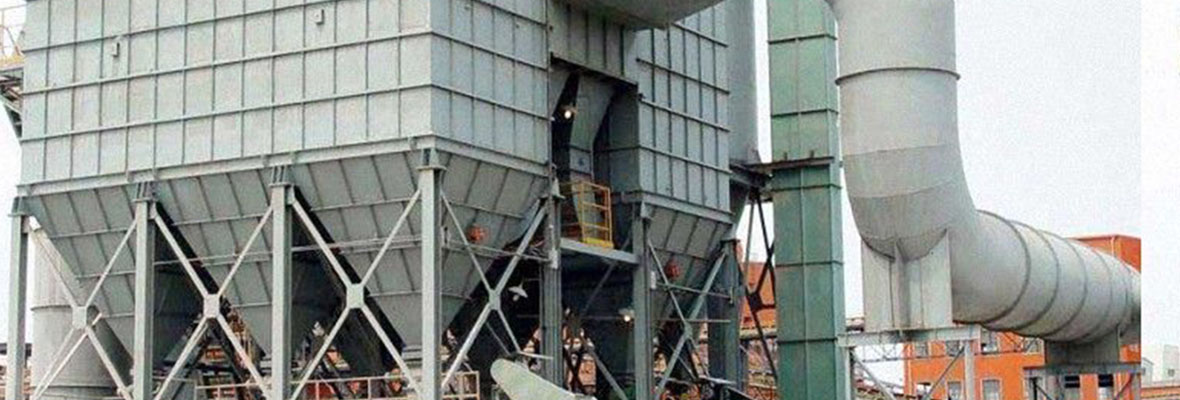Call Now
(+91) 8420135064

An electrostatic precipitator, commonly known as ESP is basically an electrical equipment where high DC voltage is used to separate dust particles from flue gases in many industrial processes. Due to its many-fold advantages like low pressure drop, low sensitivity to high temp. & aggressive gases, high collecting efficiency well in excess of 99% and low maintenance, electrostatic precipitator has gained popularity over other dust collectors.
Major components of ESP are –
Principle of electrostatic precipitation has four distinct phases i.e. ionization or corona generation, charging of particles, migration & precipitation of particles & removal of deposited dust.
Flue gas carrying dust particles enters the ESP casing through inlet funnel & gets homogeneously distributed throughout the ESP cross section while passing through the inlet gas distribution screen.
High negative DC voltage is imparted through emitting / discharge electrodes creating an electrical field / corona around it. Dust particles carried by the gas while passing through the electrical field is charged to saturation & electrical force causes the charged particles to migrate towards the grounded collecting electrode of opposite polarity where they are deposited as dust layer. As soon as a substantially thick layer of dust is formed, vibration of the collecting electrodes is actuated by the use of rapping mechanism using tumbling hammers, thereby dislodging the accumulated dust layer into collecting hoppers placed below ESP casing and is evacuated through the dust disposal system. Discharge electrodes are also provided with similar rapping system to dislodge small amount of dust collected on them. Ultimately treated flue gas is passed through ID fan to stack.